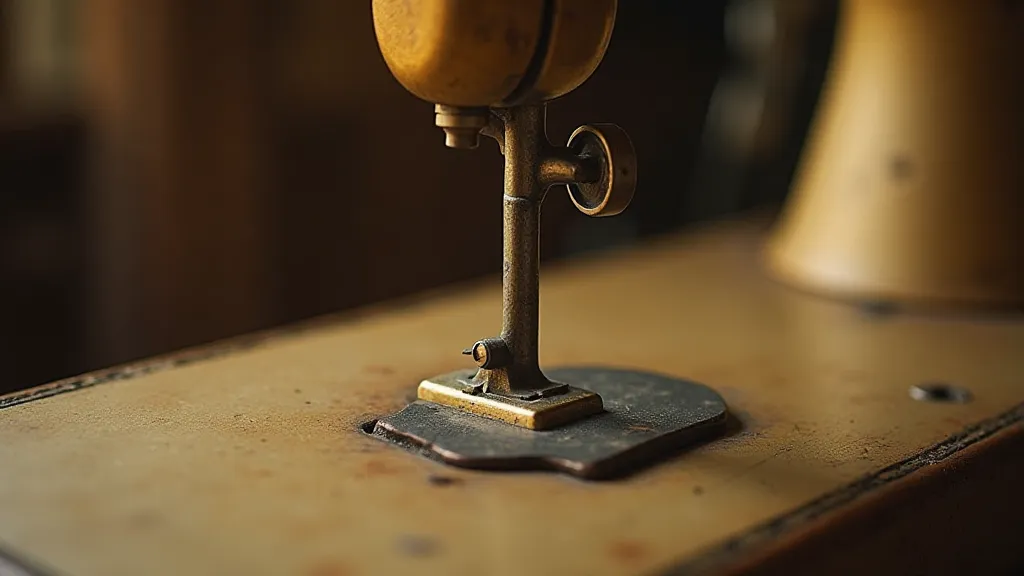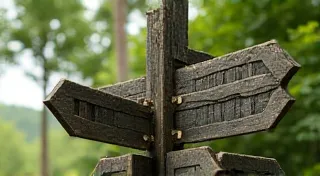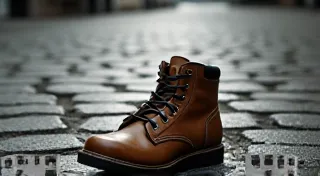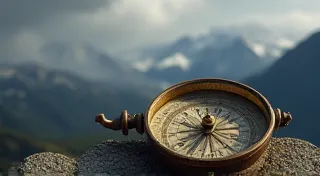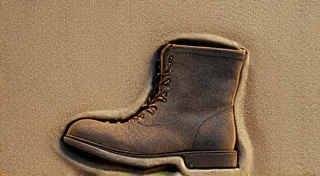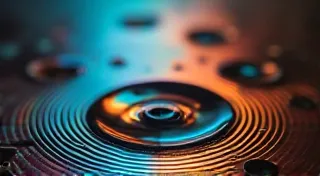The Ghost in the Gear: Uncovering Forgotten Feet and Their Specialized Functions
There's a peculiar magic in holding a piece of history in your hands. Not a grand monument or a celebrated painting, but something smaller, more intimate. Something like a vintage sewing machine foot. They're often overlooked, relegated to dusty boxes in antique shops or forgotten in the depths of sewing rooms. But within those tiny pieces of metal lies a whisper of ingenuity, a reflection of the garments that once graced lives, and a testament to a bygone era of meticulous craftsmanship. These aren’t just pieces of metal; they're ghosts in the gear, remnants of a time when every stitch was a deliberate act, and every tool was cherished.
I remember the first time I truly appreciated the significance of these forgotten feet. My grandmother, a whirlwind of fabric and thread, passed down her Singer Featherweight. It wasn’t just a machine; it was a portal to her childhood, to a time when mending and making were not hobbies, but necessities. Amongst the usual assortment of presser feet, I found one I'd never seen before - small, oddly shaped, with a tiny, almost imperceptible notch. It didn't fit any pattern I recognized. My grandmother, her eyes twinkling, simply said, "That's for gathers, dear. For petticoats and bonnets." It was a simple explanation, yet it unlocked a whole new level of understanding. Suddenly, the machine wasn’t just a tool; it was a collaborator, capable of creating wonders, and the foot was the key to unlocking its potential.
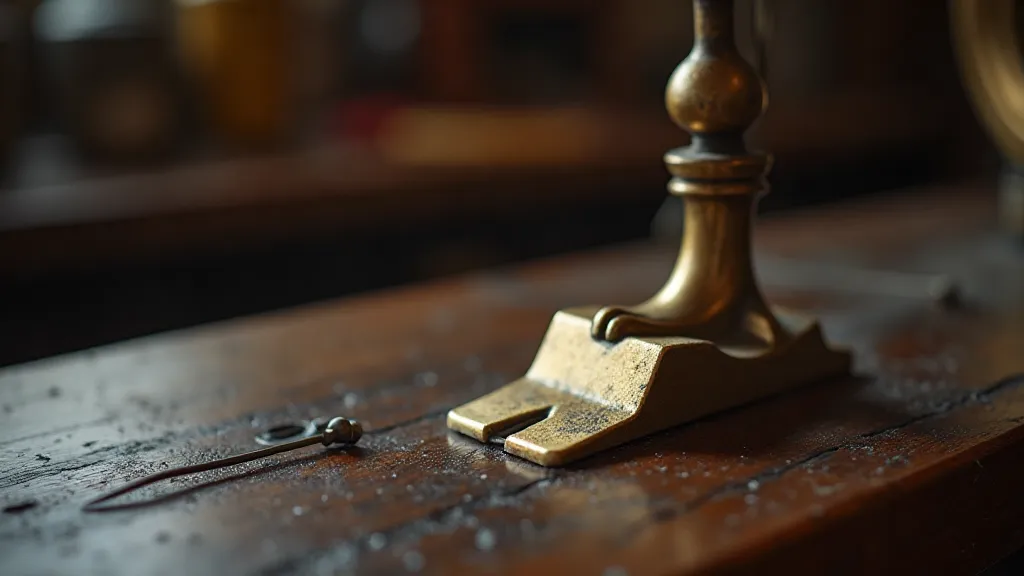
Beyond the Basic: A Taxonomy of Forgotten Feet
Most people are familiar with the standard presser foot – the workhorse for straight stitching and basic zigzags. But the world of vintage sewing machine feet is far more diverse. Manufacturers like Singer, Wilcox & Gibbs, and even lesser-known brands, developed specialized feet to tackle specific tasks, demonstrating an astonishing level of understanding of fabric behavior and garment construction. These weren’t mass-produced for fleeting trends; they were solutions to real-world problems, born from the ingenuity of dressmakers and tailors.
Consider the "Gimp Foot," often found on earlier machines. It’s characterized by tiny teeth or ridges along its edge. These weren’t decorative; they served a crucial purpose: to grip the fabric while feeding, especially important when working with slippery materials like silk or satin, or when sewing over heavy, layered trims. Without this little detail, a beautifully draped gown could quickly become a tangled mess. Then there’s the “Gathering Foot” – not just a simple gather foot like you might find today, but variations designed for specific types of gathers, from delicate baby ruffles to voluminous skirt panels.
The "Shirring Foot" deserves special mention. It creates rows of gathers by vibrating the fabric as it’s sewn. Imagine the countless infants swaddled in blankets crafted with this ingenious tool! Then you have the “Blind Stitch Foot” – a testament to the desire for invisible seams, used to hem skirts and dresses with a professional finish. These feet weren’t luxuries; they were integral to creating quality garments that would last.
The Significance of Materials and Craftsmanship
Examining a vintage sewing machine foot is an exercise in appreciating craftsmanship. Most were forged from solid brass or steel – materials chosen for their durability and ability to withstand the constant friction and pressure of the sewing process. Unlike the stamped, often flimsy feet of today, these were meticulously shaped, often by hand. You can often feel the slight imperfections – the subtle hammer marks on the brass, the tiny file lines on the steel – evidence of the human touch that went into their creation.
The precision involved is remarkable. The angle of the toe, the depth of the notch, the sharpness of the teeth – all were carefully considered to ensure the foot performed its intended function flawlessly. This wasn't about mass production; it was about creating a tool that would empower the maker, enabling them to achieve a higher level of skill and artistry.
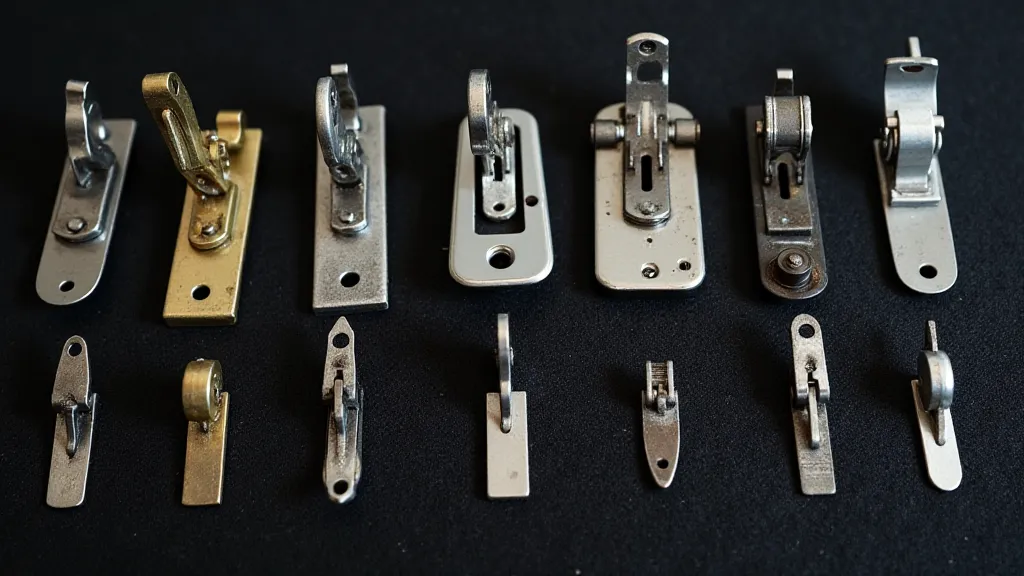
Collecting, Restoring, and the Echoes of the Past
Collecting vintage sewing machine feet is more than just accumulating objects; it's preserving a piece of history. Each foot tells a story—a story of the garment it helped create, the dressmaker who wielded it, and the era in which it existed. While complete sets are rare, finding a single, well-preserved foot can be a thrill, a tangible link to the past.
Restoration is a delicate process. Cleaning should be minimal, focusing on removing surface grime without damaging the original finish. Often, the patina – the subtle oxidation and wear – is part of the foot’s character, a record of its history. Identifying the foot's original purpose can be challenging, requiring research into factory catalogs and pattern manuals. Online forums and antique sewing machine communities can be invaluable resources for sharing knowledge and verifying identifications.
The Enduring Legacy
The decline of hand-crafted clothing and the rise of mass production have, sadly, relegated many of these specialized feet to obscurity. Yet, their ingenuity remains – a testament to the enduring power of human creativity and the relentless pursuit of excellence. Each foot stands as a small, silent monument to a time when sewing was an art form, and every stitch was a labor of love.
Holding one of these forgotten feet, feeling its weight and appreciating its design, evokes a profound sense of connection to the past. It's a reminder that even the smallest of tools can have a significant impact, and that the stories woven into the fabric of our history are often found in the most unexpected places. Perhaps, by recognizing and preserving these seemingly insignificant pieces, we can keep the spirit of that bygone era alive, one stitch at a time.
